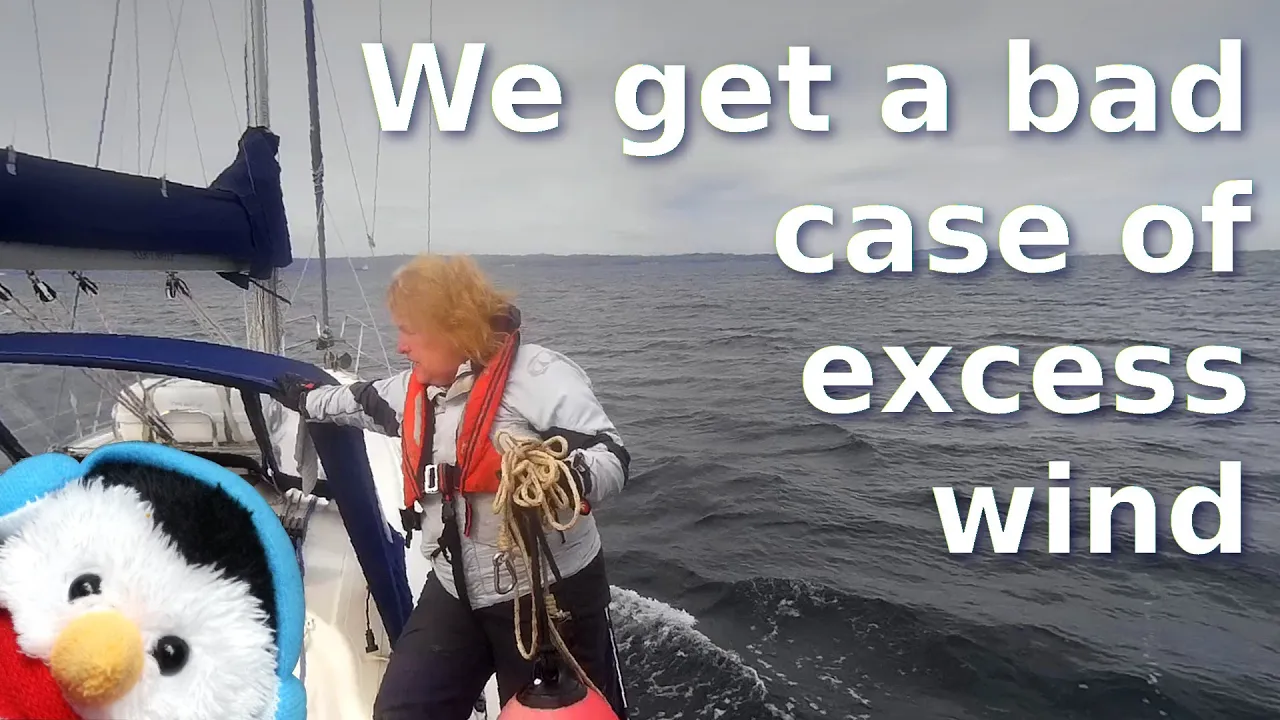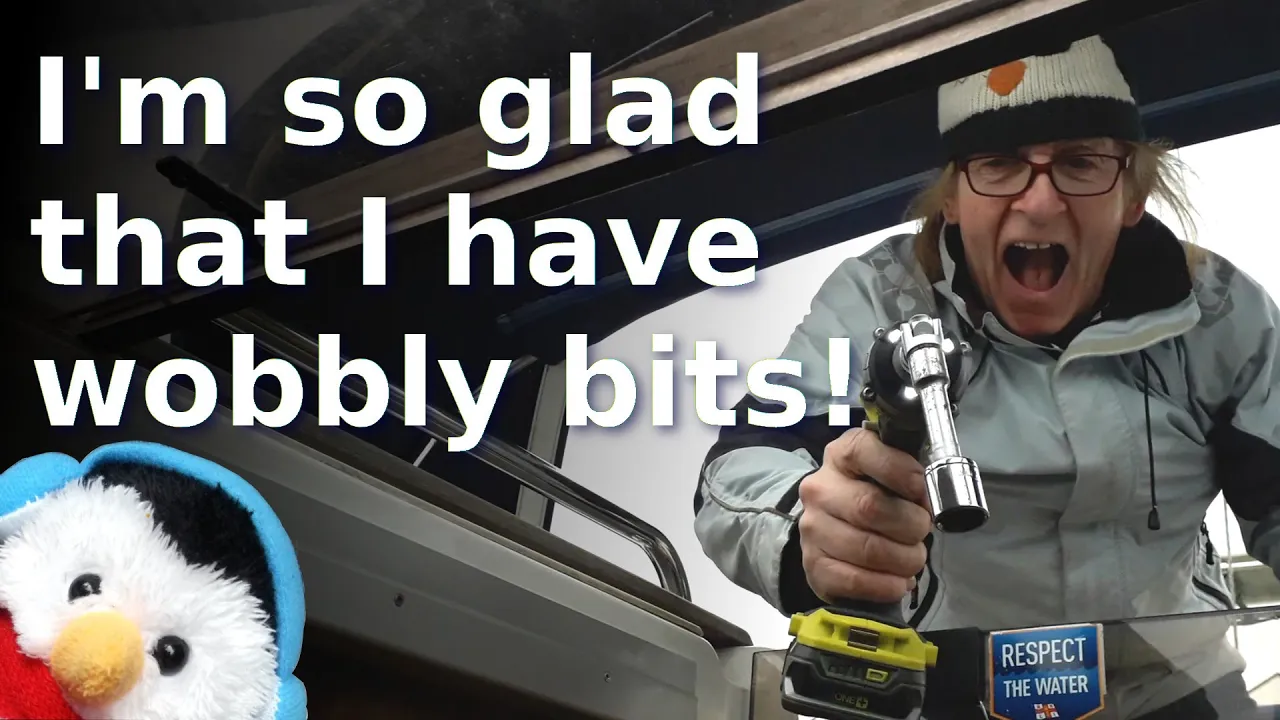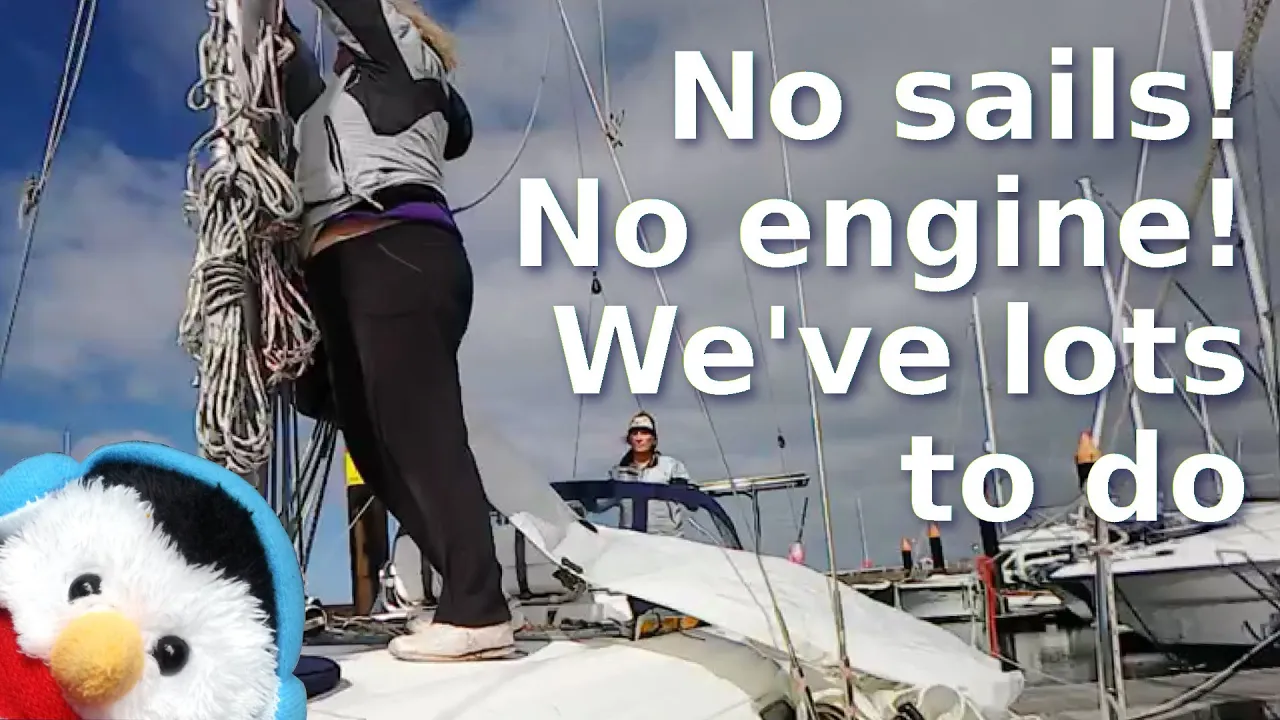Whatever type of boat you have, there is a service schedule with regard to the engine. For a full service ours is every year or 200 engine hours. When we purchased the yacht, the last time that the engine had been serviced was in April 2017, so our engine was due a full service. On hearing our intention to travel from Troon to Liverpool our sellers recommended that we serviced the engine, when we got back, that way we could take our own time and make sure that everything was working correctly.
So now that the yacht was in Liverpool, there was no excuses but to get messy and get the engine serviced.
Beverley and I serviced the engine together, that way we could discuss every aspect of what we were doing, plus I could learn from her, as prior to this service, all I had done on an engine was pour in water and oil, when I noticed that the levels were low.
We started with the sea water cooling system as that was a complete system and looked a fairly easy system to start with.
The sea water cooling system
Raw water comes up from the propeller, then through a sea cock. We inspected the sea cock thoroughly, but saw no wear or other issues. From the through hole, the sea water goes up to the sea water strainer. This strainer needs checking and cleaning every two weeks. On closer inspection of our strainer we noticed that our strainer was bent out of shape. This meant that unfiltered water could continue through the system. Following the system down, we found that the pipe had been cut at some point and a plastic pipe with some rusted jubilee clips had been inserted into the pipe. The pipe, then went to the impeller which needs to be changed as part of the yearly service. Once we decided what we needed to purchase, it was a case of putting the items on order and waiting.
|
Item |
|
Cost |
| Sea water strainer | £26.20 | |
| Pipe from strainer to impeller(2m) | £20.00 | |
| Impeller | £20.18 | |
| Paper gasket | £ 0.00 | |
|
Total |
£66.38 |
Service time
The sea water strainer was very easy to change as you would expect. You just need to make sure that the strainer is in the correct position and that the cover that is over the strainer is clean.
Fitting the pipe
The pipe proved to be a little bit more problematic, but with the aid of a junior hack saw and good wire cutters the pipe was soon cut down to size. We then heated the end of the pipe so that the pipe became more flexible ans could slide onto the connectors. A stainless steel jubilee clip was then used to secure the pipe to the connector. If you can always use two jubilee clips rather than one, but if the connector is short, then only use one clip like we did.
Impeller
With fitting the impeller it is very important that you fit it the correct way, with ours it was very difficult to decide which way it went so we referred to the manual. There we found a handy little tip left by the previous owner, to use a cable tie around the impeller to deform it first. This worked out really well as it meant that the impeller was deformed the correct way. It also meant that it was easier to put the impeller into the housing. We made sure that we put in a new gasket and used a little bit of glycerine to seal the unit before we put the cover on.
Fill up the system
Once all was in place we filled up all the pipes with fresh water so that there was no air in the system. After all that was complete, we started the engine to look for leaks, then took the lass out onto the Mersey. We like to make sure we play as well as work.













